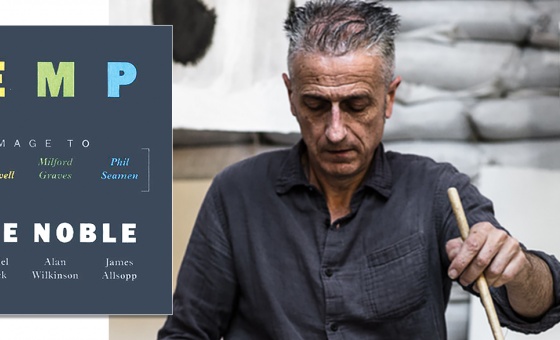This is the last article you can read this month
You can read more article this month
You can read more articles this month
Sorry your limit is up for this month
Reset on:
Please help support the Morning Star by subscribing here
FOR Britain’s arms manufacturers exports, especially to war zones, are the gift that keeps on giving. The £1 billion of military aid Boris Johnson just promised to Ukraine’s President Volodymyr Zelensky is a substantial sum — but it is less than 10 per cent of the ongoing exports to Saudi Arabia.
These totalled £11bn in 2019 — according that is to the Department for International Trade. The value of British arms licensed for export to the Saudi-led coalition since the bombing of Yemen began in March 2015 is £8.6bn (including £7.1bn to Saudi Arabia alone).
The Campaign Against the Arms Trade (Caat) estimates that the real value of arms to Saudi Arabia is over £23bn, while the value of sales to Britain’s allies in this coalition of despots is nearly £25bn.
The licence figures do not include the value of ongoing maintenance, training, and technical support that BAE Systems provides to the Royal Saudi Air Force.
Whether Zelensky’s impoverished state coffers will be eventually be raided to pay for the train and truckloads of weapons supplied in the present hostilities is an imponderable. But if not his cash-strapped taxpayers then ours.
And if the casual observer might think that these are purely business transactions, we can report that in fact quite distinct principles inform the government’s decision to facilitate these exports.
In the case of Ukraine the military aid is to defeat the “appalling dictator” Vladimir Putin. In the case of Saudi Arabia the arms exports are to defeat the opponents of King Salman bin Abdulaziz Al Saud and his murderous son Mohammed bin Salman Al Saud.
Nato’s Madrid meet-up this week reversed the main features of the alliance’s Strategic Concept drawn up in Lisbon just 12 years ago. Norway’s former prime minister Jens Stoltenberg — now weaponised as Nato general secretary — told journalists in Madrid that in 2010 Nato had agreed that Russia was a strategic partner for Nato “and we had meetings with Russia at the Nato Summit.”
What has changed in the interregnum is that Russia’s capitalist elite has become dissatisfied with the subaltern status its nominal partnership with Western capitalism entailed and is alarmed by Nato’s expansion which it perceives as a threat to its security.
The other aspect to Stoltenberg’s presentation was the inclusion of a confrontation with China as well as Russia as a factor in Nato’s new forward posture: “I expect that allies will agree that China poses or is a challenge to our values, to our interests and to our security” the former Labour Party leader said.
The main theme of the Nato summit was a reiteration of Donald Trump’s insistence that the European member states ramp up their military spending.
The justification is the enhanced danger to our security that Russia, and now China, apparently threaten.
Our generals hold to the concept that Russia is incapable of successfully invading and capturing Ukraine but represents an existential threat to the Home Counties.
Nato itself estimates the combined 2021 “defence” expenditure of its North American and European members to total $1,049 billion dollars.
Set against Johnson’s £1bn bung this seems a small amount. But to give a sense of scale, £1bn is about the amount of money spent on agency and locum doctors in the NHS. It is about as much as it takes to run a big city hospital for a full year.
In the face of Nato expansion and this sum Russia raised its military spending by 2.9 per cent in 2021, to $65.9bn. That’s $6bn less than Britain and a bit more than Germany.
Quite how Putin is getting past the Poles, Germans and French to secure Sevenoaks is a mystery.










